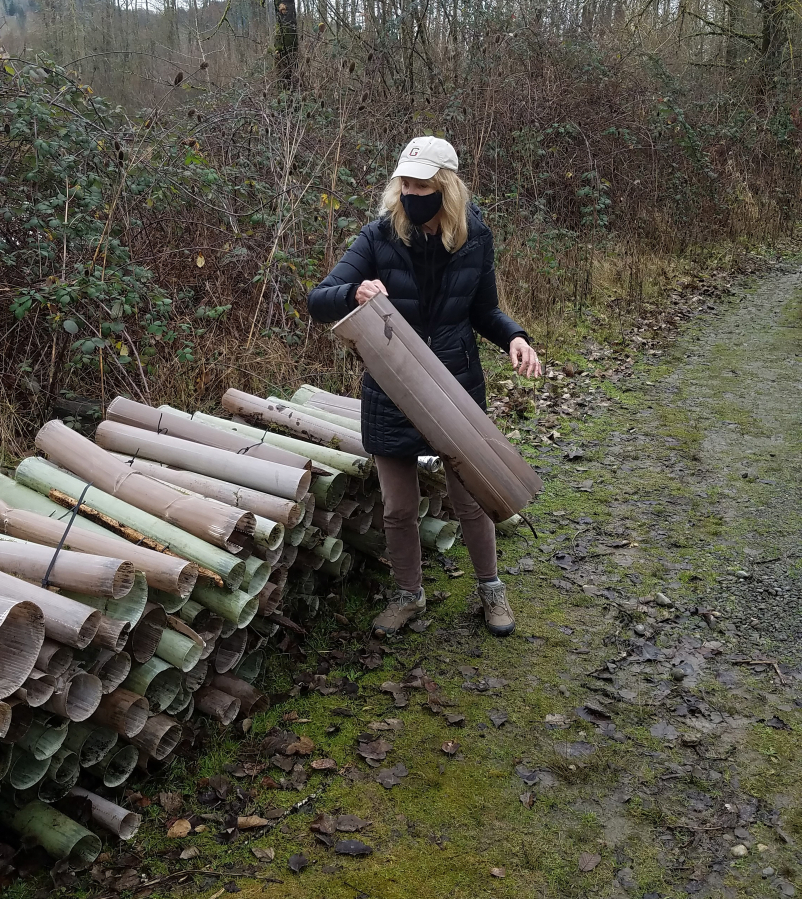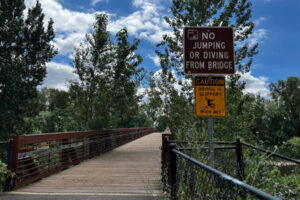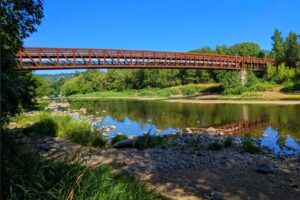James Mahar has had a passion for the environment for as long as he can remember. In fact, one of his earliest memories involves his 6-year-old self asking his father to not burn leaves in their yard because doing so would increase air pollution.
Today, Mahar, a retired engineer, and his wife, Lisa, live sustainably on their 21-acre Washougal property, which includes a 25,000-square-foot pollinator garden, solar panels, and rainwater collection and self-composting systems.
Having worked with various ecological organizations, including the Adopt-a-Road program and the Camas Ivy League, Mahar understood something was amiss when he noticed tubes on trees during a stroll on the Washougal River Greenway trail in early December 2020.
“They were out in plain sight. And even though the tubes were perforated, the trees were suffocating,” Mahar explained.
Mahar decided he couldn’t just walk by and do nothing so he enlisted the help of Washougal resident Barbara Gagnier and, over the course of the next two months, the pair went to work removing the restrictive tubes from thousands of trees — many of which had already died.




